 I ordered a copy of the English-language edition of Florent Silloray’s new book, Robert Capa: A Graphic Biography (Buffalo, NY: Firefly Books, 2017), soon after it came out in September. Naturally, I was curious to see how this biography — told in the first person by Capa himself, in the now-familiar bande dessinée / graphic novel-format — handled Capa’s life story, and particularly the two most controversial episodes therein: the making of his 1936 “Falling Soldier” image and the events surrounding his D-Day photographs.
I ordered a copy of the English-language edition of Florent Silloray’s new book, Robert Capa: A Graphic Biography (Buffalo, NY: Firefly Books, 2017), soon after it came out in September. Naturally, I was curious to see how this biography — told in the first person by Capa himself, in the now-familiar bande dessinée / graphic novel-format — handled Capa’s life story, and particularly the two most controversial episodes therein: the making of his 1936 “Falling Soldier” image and the events surrounding his D-Day photographs.
One shouldn’t expect too much nuance in a work aimed at a suggested readership age range of 12-14 (young adult). And I’ll automatically cut anyone converting biographical data into interior monologue a lot of slack, especially when the narrator, aware of his own pending demise, speaks, effectively, from beyond the grave. Invented conversations with Gerda Taro? No problem. (Though the translation in the English-language edition of her Spanish nickname, “la pequeña rubia” as “the little blond,” missing the final e, does grate on me.)
Beneath its veneer of warts-and-all realism I find Silloray’s overall approach predictably hagiographic. In that regard little has changed in biographies of famous men and women written for the pre-pubescent since I read my fill of those as a youngster gorging on what the New York Public Library had on its shelves in the early 1950s. Demythification has never played much of a role in that genre. Presumably the shattering discoveries that neither Santa Claus nor the Tooth Fairy exist continue to represent sufficient disenchantment trauma between age seven or so and the onslaught of the hormones, when the utter hypocrisy of the adult world becomes crystal-clear to the adolescent mind.
Still, even in quasi-educational materials directed at the little ones I look for a reasonable amount of historical accuracy, now that we’re more than two centuries past Parson Weems and his 1800 Life of Washington. Spare me the cherry tree, at least. So Silloray disappointed me by reiterating (albeit briefly, and obliquely) the standard story of the situation in which Capa made “Falling Soldier.” J. M. Susperregui had not yet published his complete demolition of that legend, but sufficient challenges to it had emerged by 2015 (Silloray indicates that he finished his work on this book in November of that year) that simply parroting the original version nowadays just doesn’t cut it.
•
However, when Silloray gets to Capa’s D-Day something remarkable happens. He repeats much of the myth, with Capa going in with “the first wave,” making it onto the dry sand of Easy Red, having a roll of film ruined by seawater, changing film, changing cameras (and, inexplicably and impossibly, carrying an “army-issue” Contax — there was no such thing — as his back-up camera). But then Capa boards LCI(L)-94, gets back to the U.S.S. Samuel Chase, his film gets to London, and … no darkroom disaster occurs.
I repeat: In a new graphic novel’s version of Robert Capa’s D-Day experience and the fate of his negatives, no darkroom disaster occurs. This most visual moment in that chapter of the traditional saga makes no appearance here.
Instead, an anxious John Morris at LIFE‘s London office gets a call on the morning of June 7 informing him that Capa called from Weymouth to say that the film would arrive via air courier. This is all wrong: In fact, Capa didn’t disembark until the afternoon of the 7th. He didn’t call Morris himself before boarding a ship returning to Normandy, instead turning his film over to a motorcycle courier for delivery to Morris. That courier (or someone overseeing his errands) called Morris circa 6 p.m. that evening, according to every account Morris has ever given.
Two panels further on, Capa (in graphic-novel voiceover) says, “A few hours later, John Morris, LIFE‘s London photo editor, was holding my first Omaha contact sheets in his hands.” Morris observes, “They’re all grainy and shaky!” Another voice, presumably that of darkroom chief “Braddy” Bradshaw, replies, “Eleven photos is all we have, John.”
Never mind that “eleven photos” take up just one-third of a single contact sheet, so Morris couldn’t have been “holding my first Omaha contact sheets in his hands.” And never mind that, so far as we can determine, Capa made no more than ten exposures on Omaha Beach, the ten of which we have physical evidence. Like the dog that didn’t bark in A. Conan Doyle’s Sherlock Holmes story “The Adventure of Silver Blaze,” the absence of something in Silloray’s account resonates; in his case, no reference gets made to the fabled emulsion melt caused by an overeager “darkroom lad.”
I can think of only one explanation for Silloray’s decision to omit this legendary and vivid portion of the standard Capa D-Day saga. In the summer of 2015, Silloray entered the final phase of his work on this book, whose original French edition was published in January 2016 by Casterman. So, as Silloray put the finishing touches on his effort, our Capa D-Day project went viral in France. Feature stories and op-ed columns about it, both pro and con, appeared in such major publications as Le Figaro, L’Obs, Libération, Le Monde, Télérama, and others.
Unquestionably, our research would have come to the attention of Silloray and his French publishers for the original edition, and the fact that some prominent French commentators found our conclusions credible (while none of those who disagreed presented any evidence to refute us) must surely have registered with those involved editorially in the production and publication of Silloray’s book. On that basis, a decision got made to eliminate this heretofore standard — indeed, virtually mandatory — trope.
As I’ve found no way yet to contact Silloray, I can’t verify that. But I can’t think of any other reason for its omission.
Am I reading too much into this? After all, it’s only a graphic novel style bio for a young adult audience. To which I respond: Precisely. A work intended in part to inform the young — and, at least initially, the young in France, where Capa’s legend looms large — reflects a conscious editorial decision to avoid repeating a probable fiction, based on persuasive evidence to the contrary. By my lights, that’s big.
Silloray’s work thus becomes the first book published since our research project began to reflect an awareness of the fruits of our labor. If our efforts can have that effect on a book intended for the general public, the demolition of the Capa D-Day myth has begun, and more serious, scholarly works will surely follow suit.
Moreover, though certainly not by conscious intent, Silloray’s book stands as the first book about Capa in 70 years — the first since Capa published his memoir, Slightly Out of Focus, in 1947 — to not reiterate the myth of the darkroom disaster. That Silloray and his publishers achieved this distinction unintentionally does not lessen its import.
•
John G. Morris Memorial, Paris
•
(For an index of links to all posts in this series, click here.)
•
 Special offer: If you want me to either continue pursuing a particular subject or give you a break and (for one post) write on a topic — my choice — other than the current main story, make a donation of $50 via the PayPal widget below, indicating your preference in a note accompanying your donation. I’ll credit you as that new post’s sponsor, and link to a website of your choosing. Include a note with your snail-mail address (or email it to me separately) for a free signed copy of my 1995 book Critical Focus!
Special offer: If you want me to either continue pursuing a particular subject or give you a break and (for one post) write on a topic — my choice — other than the current main story, make a donation of $50 via the PayPal widget below, indicating your preference in a note accompanying your donation. I’ll credit you as that new post’s sponsor, and link to a website of your choosing. Include a note with your snail-mail address (or email it to me separately) for a free signed copy of my 1995 book Critical Focus!
 But wait! There’s more! Donate now and I’ll include a copy of The Silent Strength of Liu Xia, the catalog of the 2012-13 touring exhibition of photos by the dissident Chinese photographer, artist, and poet, currently in her sixth year of extralegal house arrest in Beijing. The only publication of her photographic work, it includes all 26 images in the exhibition, plus another 14 from the same series, along with essays by Guy Sorman, Andrew Nathan, and Cui Weiping, professor at the Beijing Film Academy.
But wait! There’s more! Donate now and I’ll include a copy of The Silent Strength of Liu Xia, the catalog of the 2012-13 touring exhibition of photos by the dissident Chinese photographer, artist, and poet, currently in her sixth year of extralegal house arrest in Beijing. The only publication of her photographic work, it includes all 26 images in the exhibition, plus another 14 from the same series, along with essays by Guy Sorman, Andrew Nathan, and Cui Weiping, professor at the Beijing Film Academy.



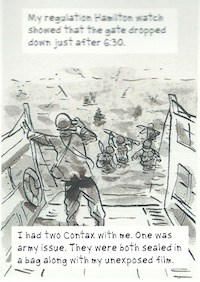
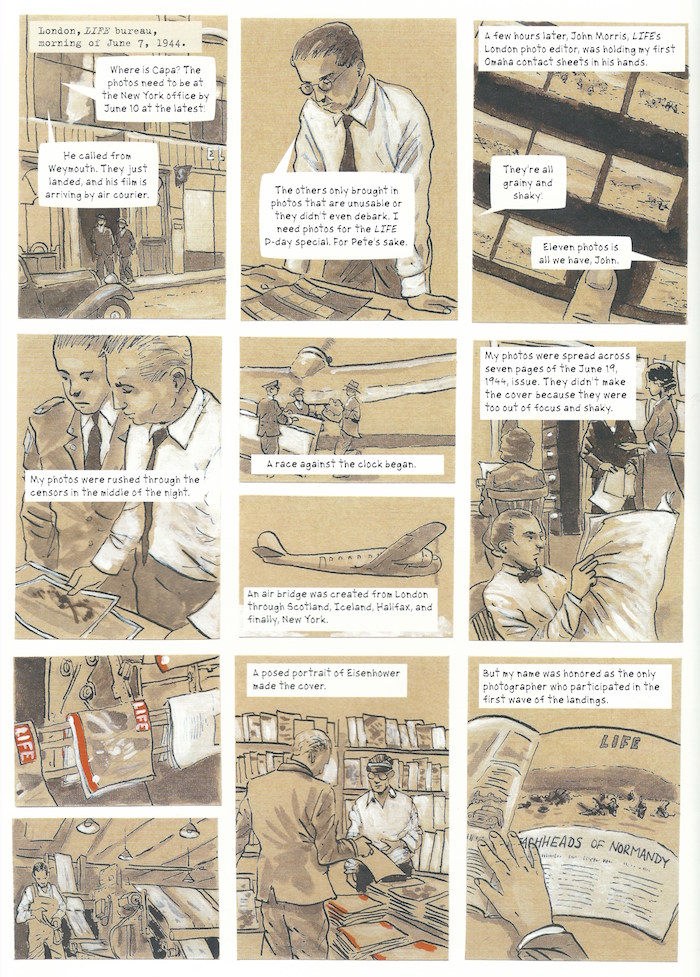
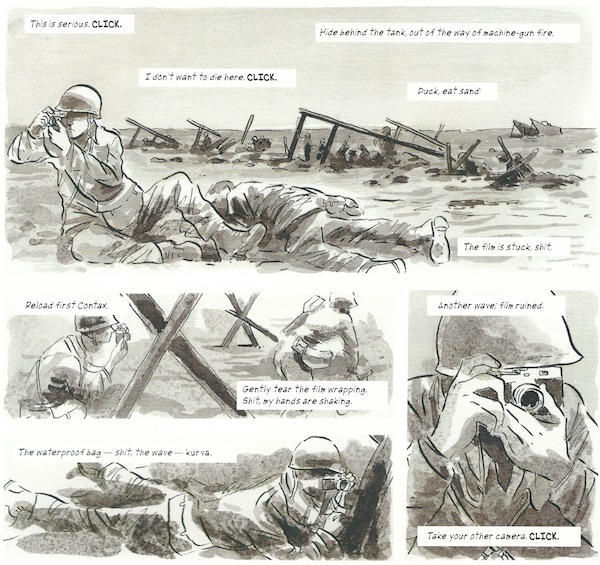
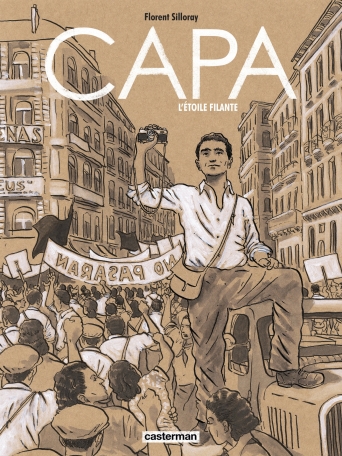
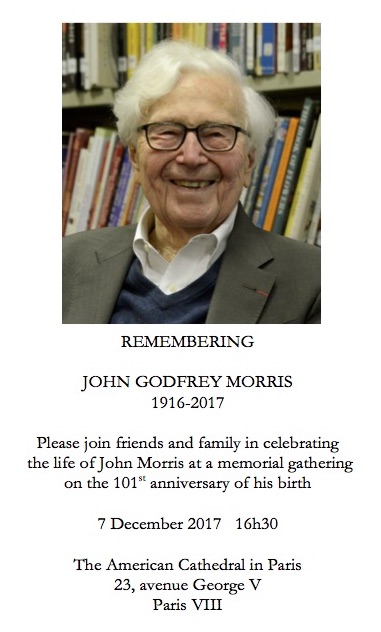




That is remarkable.